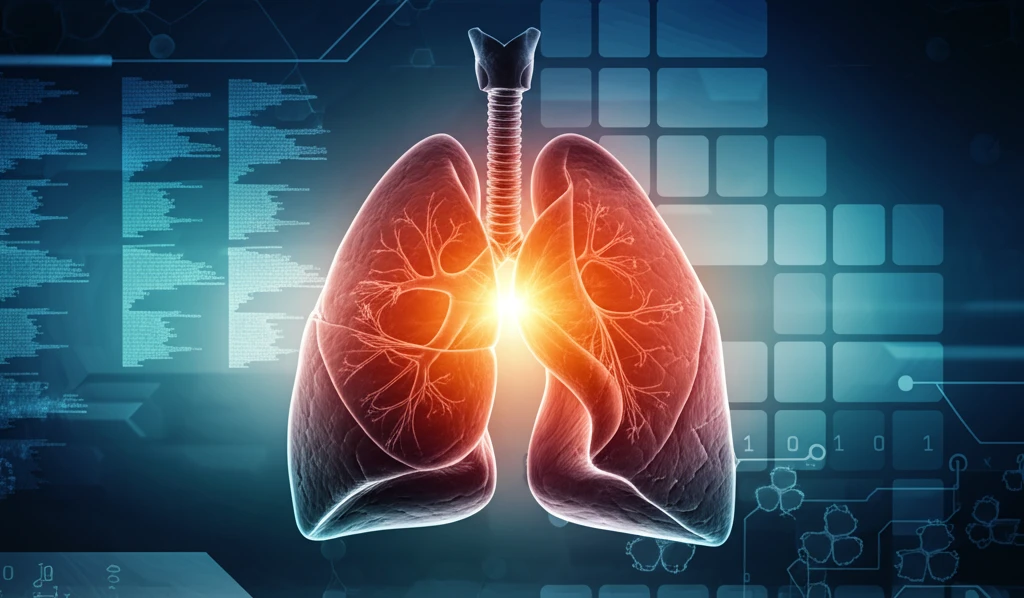
Lung Cell Breakthrough: How New Isolation Methods Are Revolutionizing Pulmonary Research
"Discover the innovative techniques that are enhancing the study of alveolar type II cells, offering hope for advanced treatments and a deeper understanding of lung health."
For years, scientists have been striving to unlock the secrets of the human lung, an organ of incredible complexity and vital importance. At the heart of this quest lies the challenge of studying individual lung cells, particularly alveolar type II (TII) cells, which play a crucial role in maintaining lung function. The journey to isolate and analyze these cells has been long and arduous, but recent breakthroughs are now revolutionizing the field.
Traditional methods of isolating TII cells have often been inefficient, yielding low numbers of cells with varying degrees of purity. This has hampered research efforts and limited our understanding of lung diseases such as pneumonia, pulmonary fibrosis, and even the long-term effects of respiratory infections. However, a new era of precision is dawning, thanks to innovative techniques that promise to change the landscape of pulmonary research.
This article delves into these groundbreaking methods, exploring how they are improving cell yields and purities, and what this means for the future of lung health. We will uncover the potential of these advancements to drive new discoveries, develop targeted therapies, and ultimately, improve the lives of those affected by lung diseases.
The Evolution of Cell Isolation Techniques

The quest to isolate pure populations of TII cells is not new. For over a decade, researchers have been employing Fluorescence-Activated Cell Sorting (FACS) to isolate TII cells from mice, achieving purities between 89-95%. While these methods have been valuable, they often suffer from low cell yields, making comprehensive analyses challenging. The limitations of earlier techniques prompted a search for more efficient and reliable methods.
- Gentle cell dissociation methods to reduce cell damage.
- Optimized FACS sorting protocols for higher purity and yield.
- Use of transgenic mice with fluorescent markers for easy identification.
- Integration of advanced cell culture techniques to maintain cell viability.
The Future of Pulmonary Medicine
The improvements in cell isolation techniques are more than just a technical achievement; they represent a critical step forward in the fight against lung diseases. By providing researchers with the tools they need to study lung cells in unprecedented detail, these advancements are paving the way for new discoveries, targeted therapies, and ultimately, a healthier future for all. As we continue to refine and expand these techniques, we can look forward to a new era of pulmonary medicine, where lung diseases are not only treatable but preventable.
